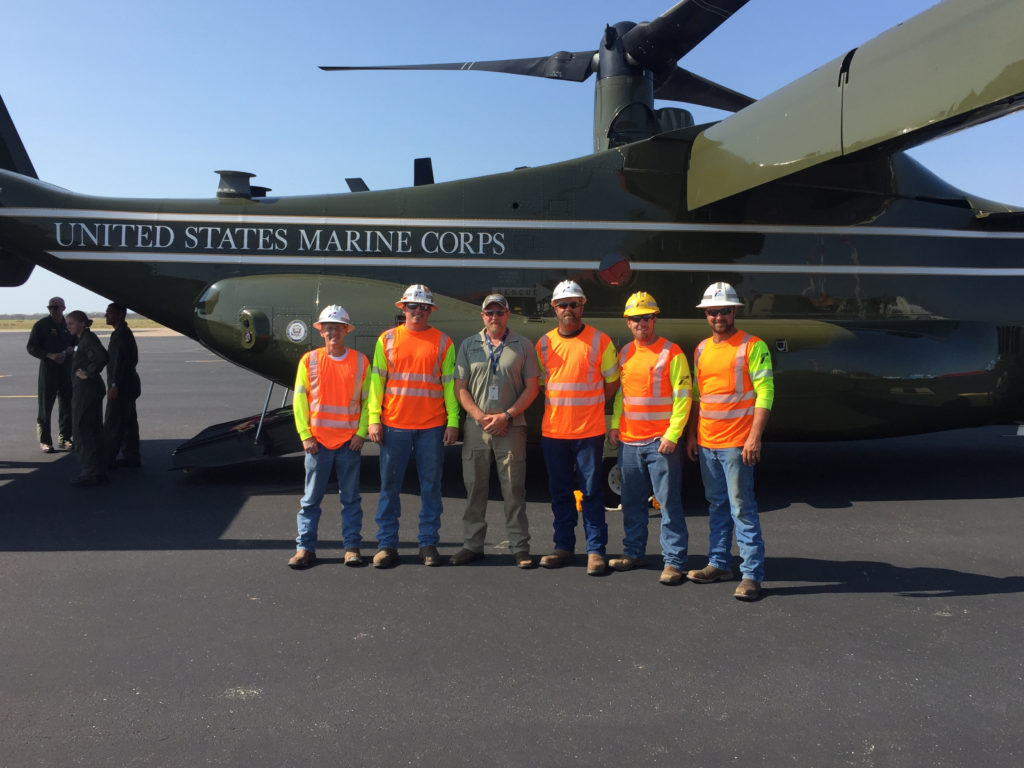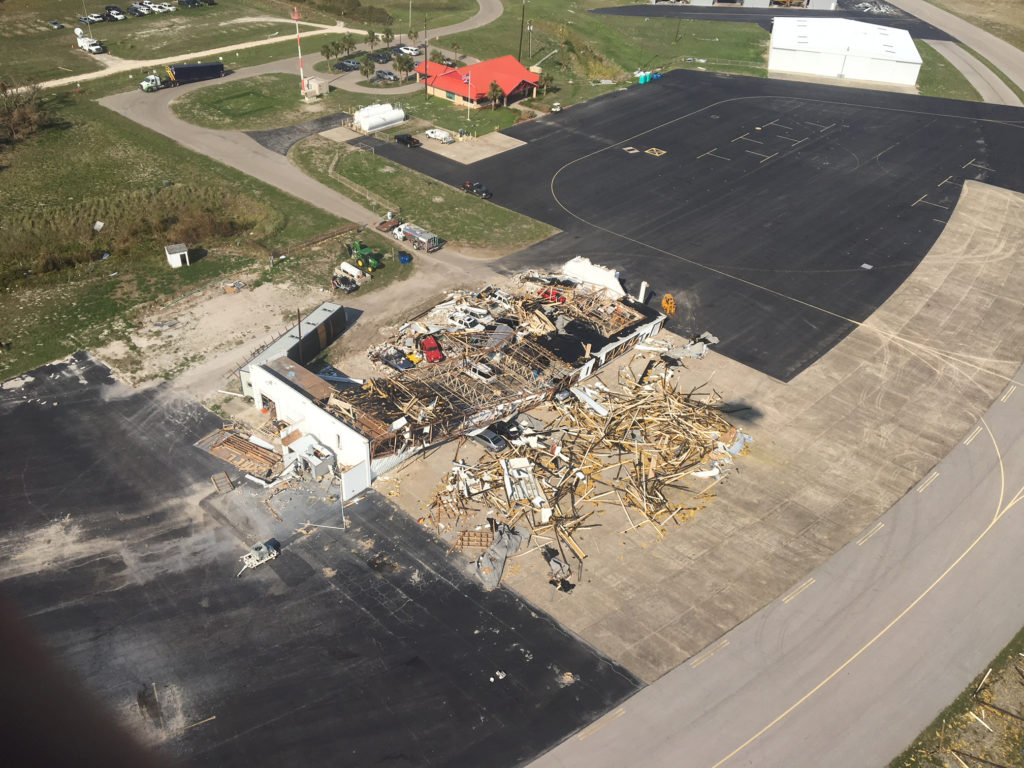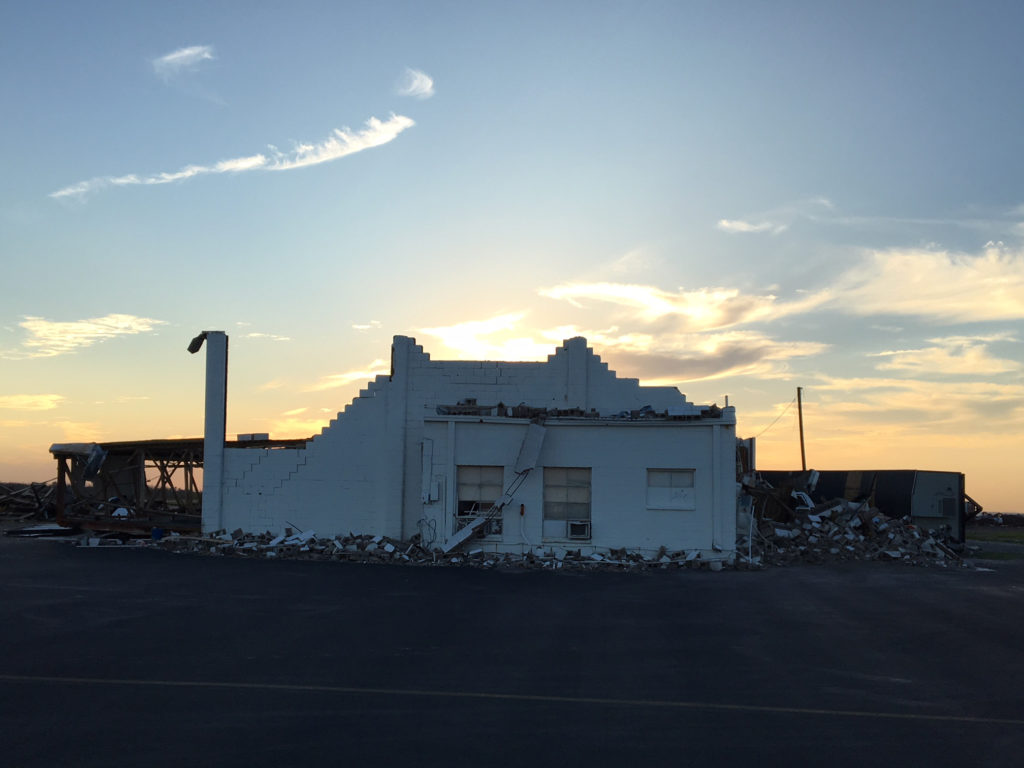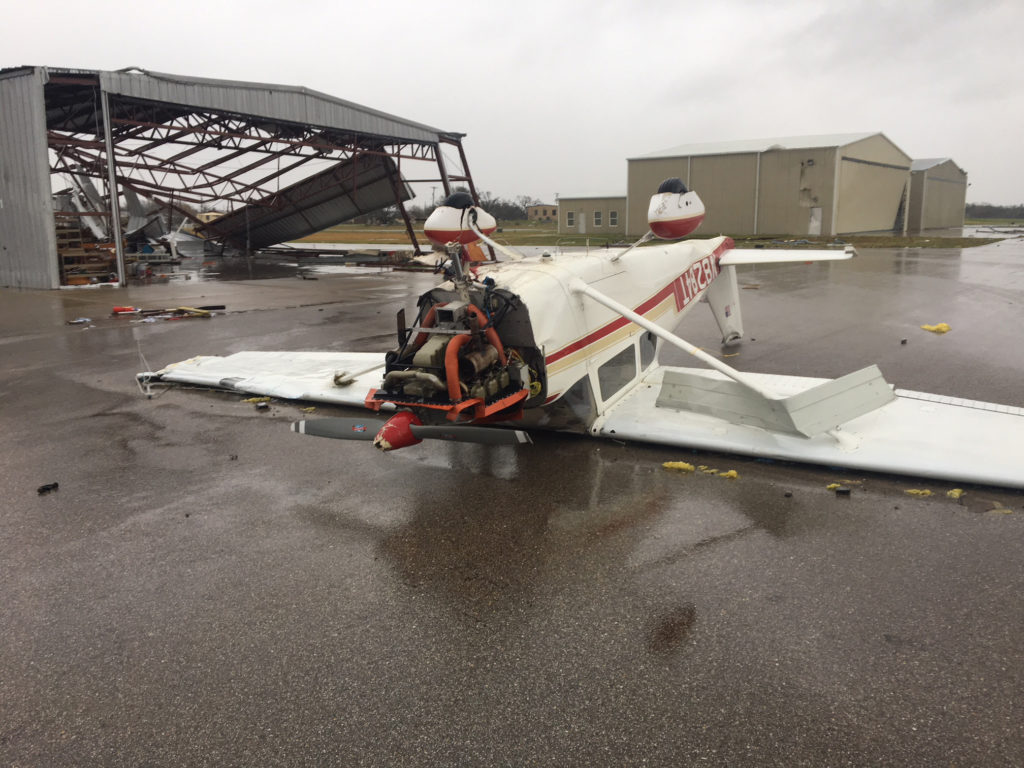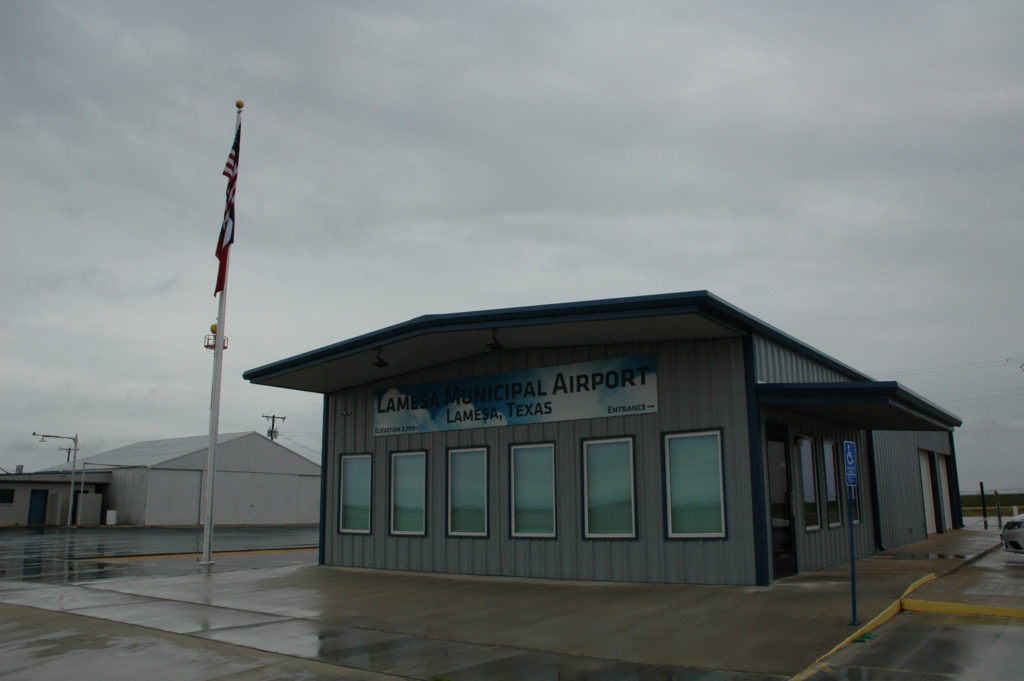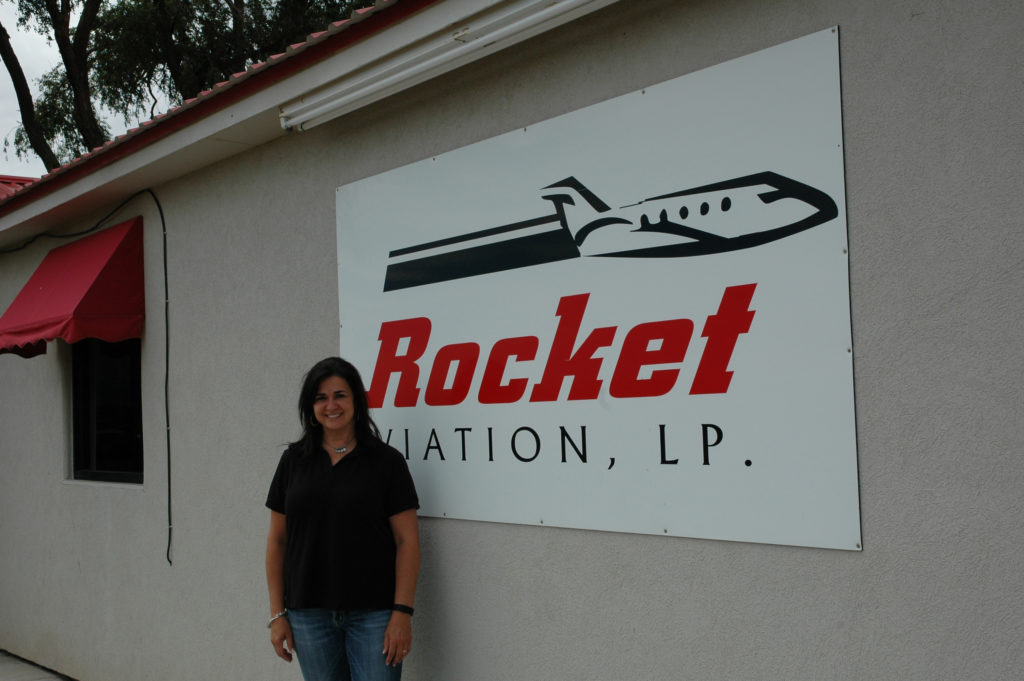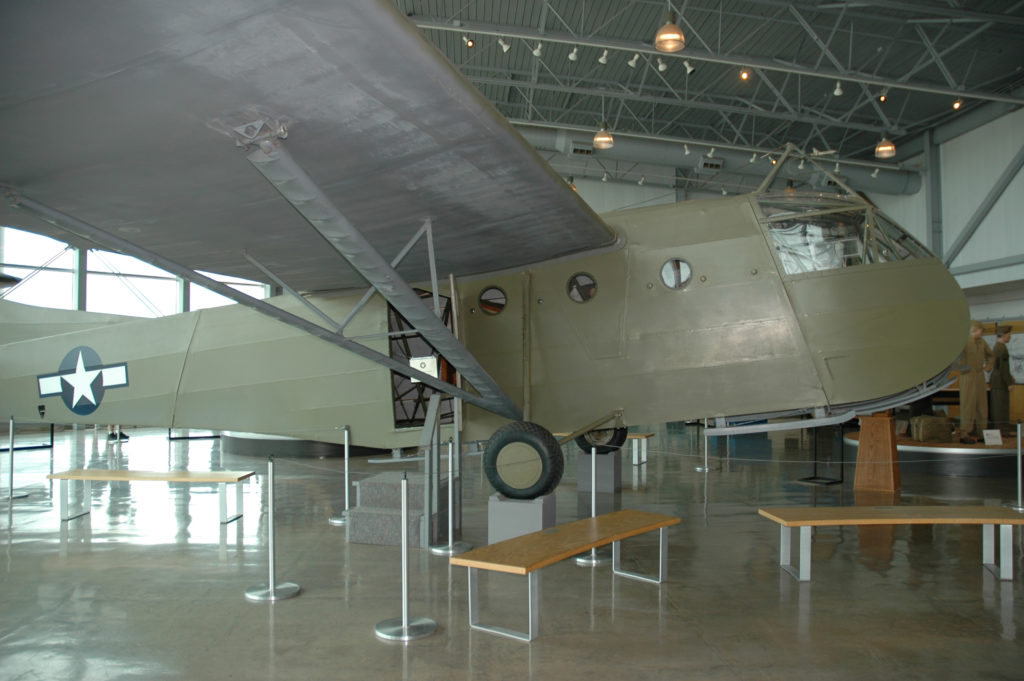By General Aviation News Staff
The venerable T-6 Texan first flew on Sept. 18, 1938, and the North American Trainer Association (NATA) is celebrating this 80-year milestone at several airshows in 2018.
The major celebration will occur at EAA Airventure in Oshkosh, Wisconsin, on July 24, 2018.
NATA is actively recruiting T-6 owners and pilots to bring their Texans to Oshkosh to be a part of the 80th anniversary celebration. Each year at Oshkosh, there are about 50 Texans on the flight line. This year, NATA officials are striving to bring 80 of these historic aircraft to the big show. Pilots flying their Texans to Oshkosh are encouraged to register on the NATA website.
The North American T-6 Texan is a two-seat aircraft used as the advanced trainer for World War II pilots. Designed by North American Aviation and first flown in 1938, the Texan quickly became the most popular trainer aircraft for the U.S. military in the 1940s and 1950s. More than 15,000 Texans were built between 1938 and 1947, and about 500 are still flying today.

